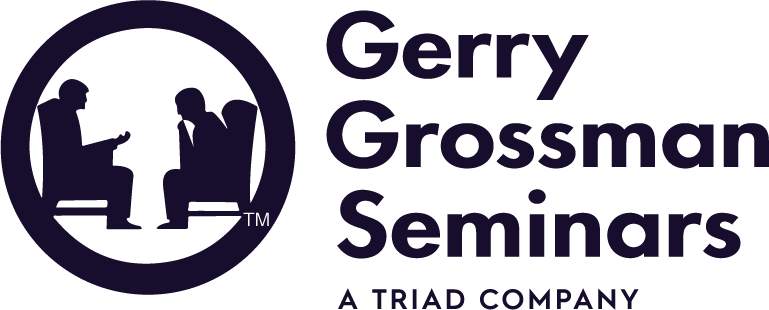
In California, there are two types of licensed marriage and family therapists (LMFTs): the Licensed Marriage and Family Therapist (LMFT) and the Associate Marriage and Family Therapist (AMFT). While both professionals provide mental health services to individuals, couples, and families, there are distinct differences between the two licenses.
Education and Training
To become an LMFT in California, a person must have a master’s degree in counseling or a related field, with specific coursework in marriage and family therapy. They must also complete 3,000 hours of supervised clinical experience, including 1,500 hours of direct client contact. After completing their education and training, they must pass the LMFT California Law and Ethics Exam and the LMFT Clinical Exam.
On the other hand, to become an AMFT in California, a person must have a master’s degree in counseling or a related field, but they may still be completing their supervised clinical experience. They must complete 3,000 hours of supervised clinical experience, including 1,500 hours of direct client contact, before they can apply for an LMFT license. They must also pass the AMFT California Law and Ethics Exam and the LMFT Clinical Exam.
Scope of Practice
Both LMFTs and AMFTs are licensed to provide counseling and psychotherapy to individuals, couples, and families. However, there are limitations to an AMFT’s scope of practice. AMFTs can only provide services under the supervision of a licensed LMFT, licensed clinical social worker (LCSW), or licensed psychologist (LP). They cannot practice independently until they have obtained their LMFT license.
An LMFT can practice independently, without the need for supervision, and can provide services such as diagnosing mental health conditions, developing treatment plans, and conducting psychotherapy sessions.
Career Opportunities
Both LMFTs and AMFTs can work in a variety of settings, including private practice, community mental health clinics, hospitals, and schools. However, LMFTs may have more career opportunities available to them because they can practice independently. They may also be able to take on supervisory roles, providing guidance and support to AMFTs.
In conclusion, while both LMFTs and AMFTs provide counseling and psychotherapy services to individuals, couples, and families in California, there are important differences between the two licenses. LMFTs have completed all of their education and training requirements, passed their exams, and can practice independently. AMFTs are still completing their supervised clinical experience and cannot practice independently until they have obtained their LMFT license.


